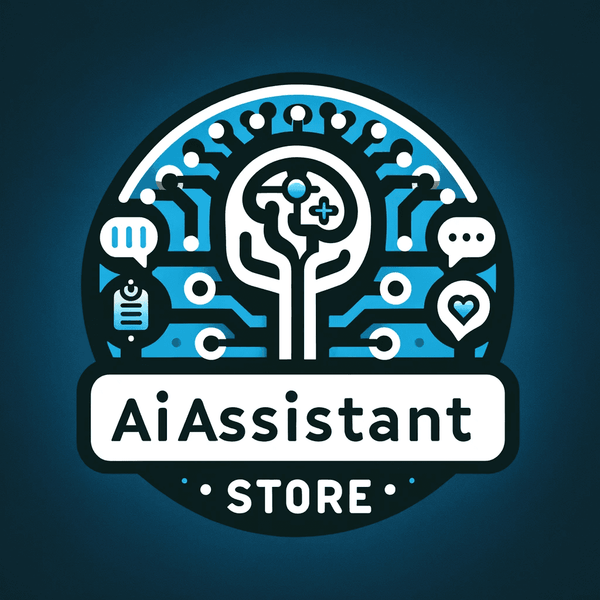When folks talk about inference in artificial intelligence, they’re usually referring to the point where the AI stops "learning" and starts doing something. Real tasks. Predictions. Decisions. The hands-on stuff.
But if you're picturing some high-level philosophical deduction like Sherlock with a math degree - nah, not quite. AI inference is mechanical. Cold, almost. But also kind of miraculous, in a weirdly invisible way.
Articles you may like to read after this one:
🔗 What Does It Mean to Take a Holistic Approach to AI?
Explore how AI can be developed and deployed with broader, more human-centric thinking in mind.
🔗 What Is LLM in AI? – A Deep Dive into Large Language Models
Get to grips with the brains behind today’s most powerful AI tools - large language models explained.
🔗 What Is RAG in AI? – A Guide to Retrieval-Augmented Generation
Learn how RAG combines the power of search and generation to create smarter, more accurate AI responses.
🧪 The Two Halves of an AI Model: First, It Trains - Then, It Acts
Here’s a rough analogy: Training is like binge-watching cooking shows. Inference is when you finally walk into the kitchen, pull out a pan, and try not to burn the house down.
Training involves data. Lots of it. The model tweaks internal values - weights, biases, those unsexy mathematical bits - based on patterns it sees. That could take days, weeks, or literal oceans of electricity.
But inference? That’s the payoff.
| Phase | Role in the AI Life Cycle | Typical Example |
|---|---|---|
| Training | The model adjusts itself by crunching data - like cramming for a final exam | Feeding it thousands of labeled cat pics |
| Inference | The model uses what it "knows" to make predictions - no more learning allowed | Classifying a new photo as a Maine Coon |
🔄 What’s Actually Happening During Inference?
Okay - so here’s what goes down, roughly speaking:
-
You give it something - a prompt, an image, some real-time sensor data.
-
It processes it - not by learning, but by running that input through a gauntlet of mathematical layers.
-
It outputs something - a label, a score, a decision... whatever it was trained to spit out.
Imagine showing a trained image recognition model a blurry toaster. It doesn’t pause. Doesn’t ponder. Just matches pixel patterns, activates internal nodes, and - bam - “Toaster.” That whole thing? That’s inference.
⚖️ Inference vs. Reasoning: Subtle but Important
Quick sidebar - don’t confuse inference with reasoning. Easy trap.
-
Inference in AI is pattern matching based on learned math.
-
Reasoning, on the other hand, is more like logic puzzles - if this, then that, maybe that means this...
Most AI models? No reasoning. They don’t "understand" in the human sense. They just calculate what’s statistically probable. Which, oddly, is often good enough to impress people.
🌐 Where Inference Happens: Cloud or Edge - Two Different Realities
This part’s sneaky important. Where an AI runs inference determines a lot - speed, privacy, cost.
| Inference Type | Upsides | Downsides | Real-World Examples |
|---|---|---|---|
| Cloud-Based | Powerful, flexible, remotely updated | Latency, privacy risk, internet-dependent | ChatGPT, online translators, image search |
| Edge-Based | Fast, local, private - even offline | Limited compute, tougher to update | Drones, smart cameras, mobile keyboards |
If your phone autocorrects “ducking” again - that’s edge inference. If Siri pretends it didn’t hear you and pings a server - that’s cloud.
⚙️ Inference at Work: The Quiet Star of Everyday AI
Inference doesn’t shout. It just works, quietly, behind the curtain:
-
Your car detects a pedestrian. (Visual inference)
-
Spotify recommends a song you forgot you loved. (Preference modeling)
-
A spam filter blocks that weird email from “bank_support_1002.” (Text classification)
It’s fast. Repetitive. Invisible. And it happens millions - no, billions - of times a day.
🧠 Why Inference Is Kind of a Big Deal
Here’s what most people miss: inference is the user experience.
You don’t see training. You don’t care how many GPUs your chatbot needed. You care that it answered your weird midnight question about narwhals instantly and didn’t freak out.
Also: inference is where risk shows up. If a model’s biased? That shows up at inference. If it exposes private info? Yep - inference. The moment a system makes a real decision, all the training ethics and technical decisions finally matter.
🧰 Optimizing Inference: When Size (and Speed) Matters
Because inference runs constantly, speed matters. So engineers squeeze performance with tricks like:
-
Quantization - Shrinking numbers to reduce computational load.
-
Pruning - Cutting unnecessary parts of the model.
-
Accelerators - Specialized chips like TPUs and neural engines.
Each of these tweaks means a little more speed, a little less energy burn... and a much better user experience.
🧩Inference Is the Real Test
Look - the whole point of AI isn’t the model. It’s the moment. That half-second when it predicts the next word, spots a tumor on a scan, or recommends a jacket that weirdly fits your style.
That moment? That’s inference.
It’s when theory becomes action. When abstract math meets the real world and has to make a choice. Not perfectly. But fast. Decisively.
And that’s the secret sauce of AI: not just that it learns... but that it knows when to act.

